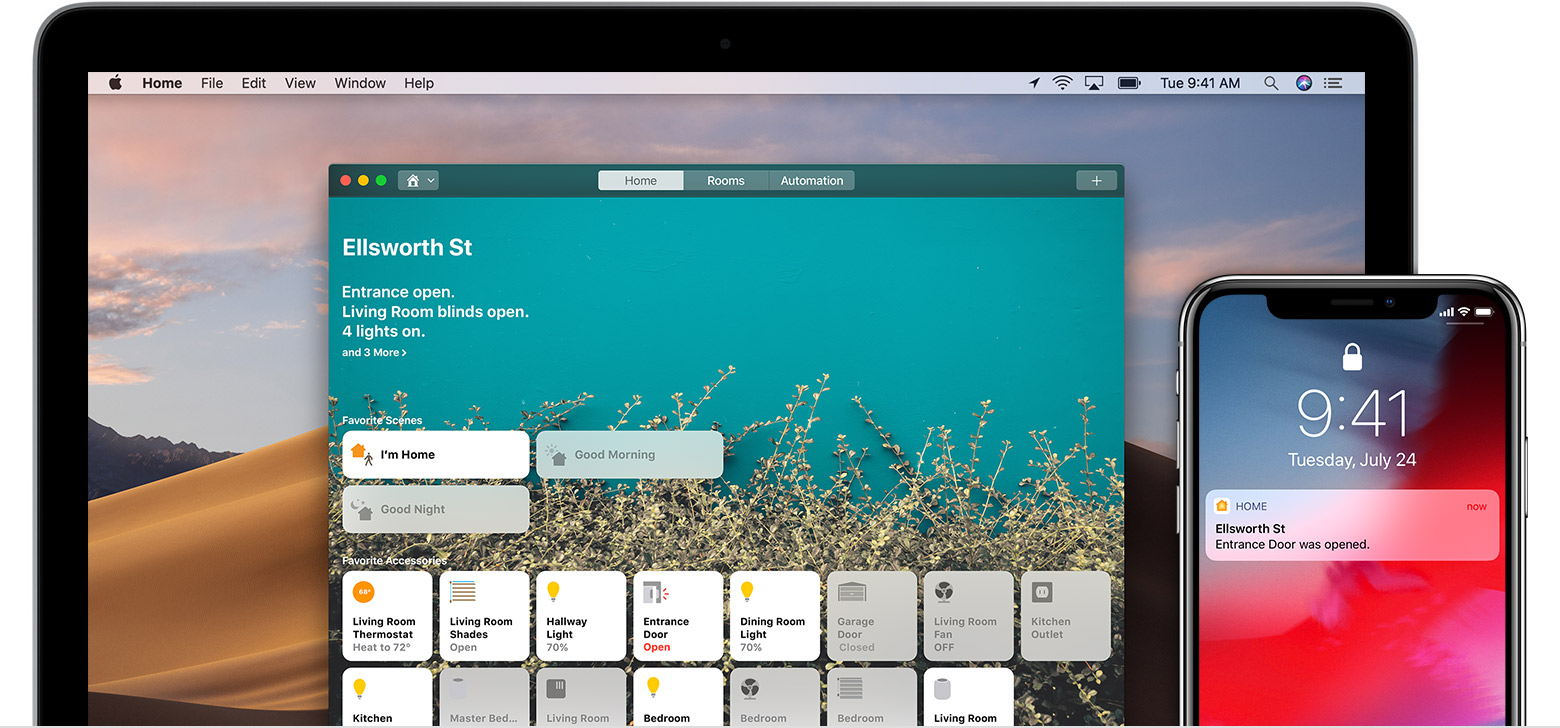THE OS-6 IS NOW NEW AND IMPROVED, USING THE STATE-OF-THE-ART ELECTROCHEMICAL SENSOR FROM SPEC SENSORS! Industrial Grade Ozone Controller and Monitor The OS-6 is an industrial grade ozone controller and monitor. The OS-6 design has been optimized for accuracy, ease of installation, setup and operation. The OS-6 is only available with the SM-7/SM-EC in two. Supports OS X 10.7 or later and Windows 7 or later. Available only to persons age 13 or older in the U.S. And many other countries and regions. The improved Retouch tool is supported on the following Mac models: MacBook Pro (15-inch and 16-inch models) introduced in 2016 or later; iMac (Retina 5K models) introduced in 2014. The first idea would be to use a computer to drive the sensors (after all, the hardware would run in conjunction with an application that is running on a computer). I have done a search for USB to I2C, but seems that most of these adapters are not simple translators but they have a ton of features that I don't need (hence the high cost).
End-of-Life Notice: Hardware Monitor is no longer in development (Why?)
Os Sensor Bypass

Hardware Monitor is an application to read out hardware sensors in Macintosh computers. Several hundred sensors in more than 70 model series are supported. The program can display and visualize measured values in a large variety of fashions, including speech output. Readings can be stored and exported. In addition, artificial software sensors monitoring macOS can be defined, and external LCD units can be controlled. The application also allows you to explore other technical data of your computer, like exact processor type, logicboard data, battery, display, and drive information, or manufacturing details. Depending on what sensors are built into your Mac, the following data can be accessed:
- Temperature readings at different locations
- Battery data of portable computers
- Voltage sensors
- Current (amperage) sensors
- Fan speed sensors
- Power and load sensors
- Ambient light sensors
- User-defined artificial sensors to monitor the operating system
Os X Sensors Command

Hardware Monitor is an application to read out hardware sensors in Macintosh computers. Several hundred sensors in more than 70 model series are supported. The program can display and visualize measured values in a large variety of fashions, including speech output. Readings can be stored and exported. In addition, artificial software sensors monitoring macOS can be defined, and external LCD units can be controlled. The application also allows you to explore other technical data of your computer, like exact processor type, logicboard data, battery, display, and drive information, or manufacturing details. Depending on what sensors are built into your Mac, the following data can be accessed:
- Temperature readings at different locations
- Battery data of portable computers
- Voltage sensors
- Current (amperage) sensors
- Fan speed sensors
- Power and load sensors
- Ambient light sensors
- User-defined artificial sensors to monitor the operating system
Os X Sensors Command
Hardware Monitor is electronically distributed software. You can download the product and test it before you decide to purchase an unrestricted usage license.
- Supported version: 0.6.5
This section is for those having issues booting either OpenCore, macOS or having issues inside macOS. If you're confused as to where exactly in the macOS boot process you're stuck, reading the macOS Boot Process page can help clarify things.
And if your issue is not covered, please read the official OpenCore documentation: Configuration.pdf(opens new window). This document goes into much more technical detail around how OpenCore works and has much more detailed info on all supported quirks.
# Table of Contents
If you're unsure where you're currently stuck, please see here: Understanding the macOS Boot Process
- OpenCore Boot Issues
- This section refers to booting the actual USB and getting to OpenCore's picker. Anything after the picker, like booting macOS, should see below
- Kernelspace Issues
- Covering everything that many occur in early boot from the moment you select macOS in the OpenCore menu, till the point right before the Apple logo and the installer GUI loads
- Userspace Issues
- Covering the process from loading macOS's GUI to installing macOS on the drive
- Post-Install Issues
- Covering issues once macOS has been installed and is fully booted
- Miscellaneous Issues
- Covering issues after macOS's installation or with other OSes
